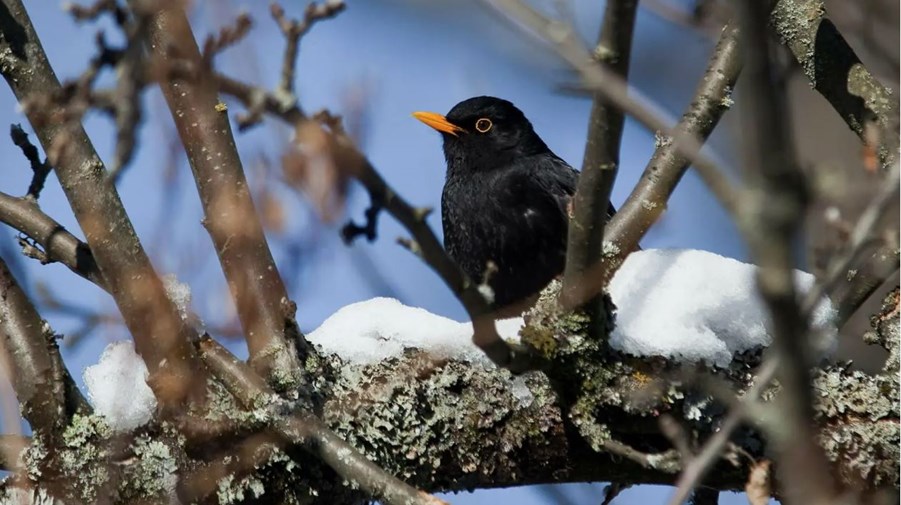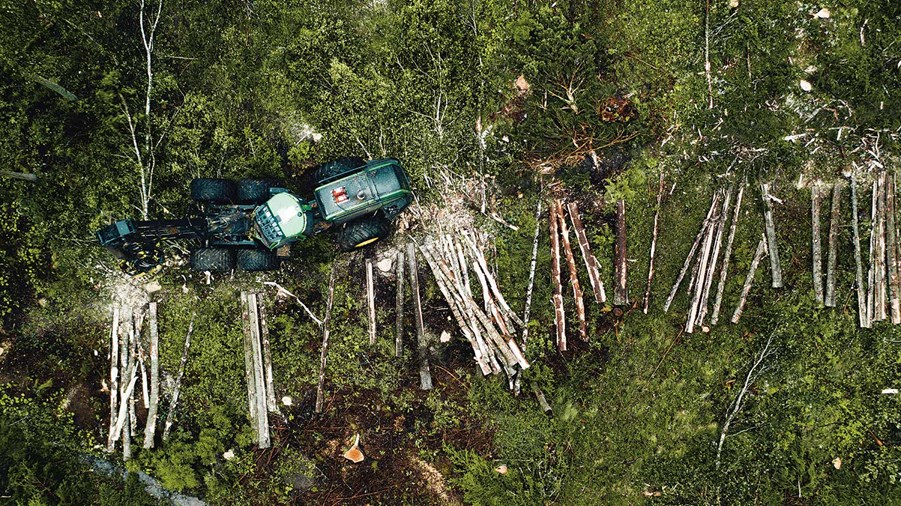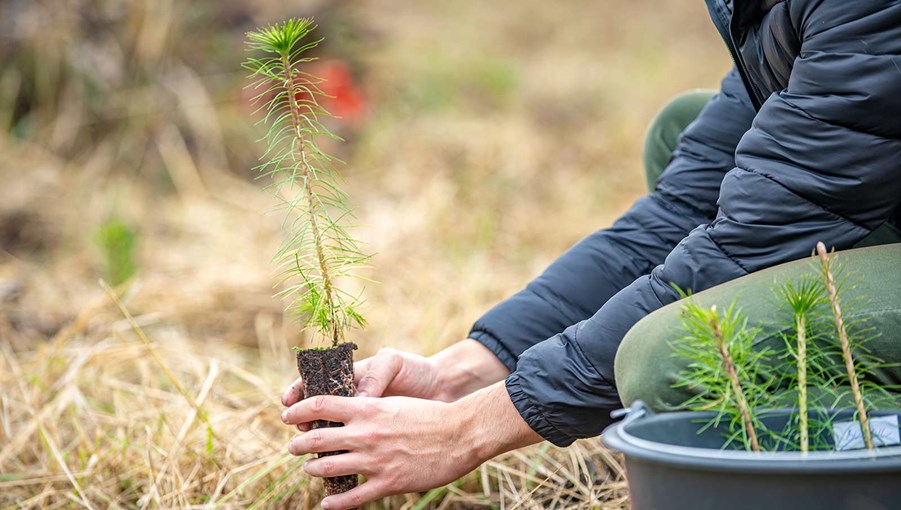
Sweden’s Red List is produced by the Swedish Species Observation System at the Swedish University of Agricultural Sciences (SLU). What is red listing and how are species classified as red-listed?
The Red List is an evaluation of species’ risk of extinction and can be seen as a yardstick for the condition of species in Sweden. It includes species that have an uncertain future, either because their populations are declining or are extremely small. The Red List does not in itself imply a prioritisation of which species should be considered in nature conservation measures; rather it should be seen as a tool to help define such priorities.
The Swedish Red List
The Swedish Red List is a list of species categorised by their risk of national extinction. Assessments and forecasts of extinction risks are made objectively based on criteria established by the International Union for Conservation of Nature (IUCN). In order for a species to be placed in a specific Red List category, it must fulfil one of the criteria that exists for that particular category.
Red List categories:
- Nationally Extinct
- Critically Endangered
- Severely Endangered
- At Risk
- Under Threat
- No Threat
- Lack of Data
The term red-listed species means that a species is categorised as one of the following: Under Threat, At Risk, Severely Endangered, Critically Endangered, or Nationally Extinct. Species that are classified Under Threat, Severely Endangered or Critically Endangered are defined as being endangered in line with IUCN terminology. However, the Under Threat category can be seen as a warning bell for species that show a clear negative trend even though it may still be relatively common or has a small but stable population.
Criteria
Each species is assessed based on five different criteria and then categorised into one of the categories mentioned above. The criteria used in the assessment are:
- Decreasing populations
- Small geographical spread together with two of the following sub-criteria: fragmented, declining or highly fluctuating populations
- Small, declining populations
- Small populations that are not declining
- Quantitative analysis of extinction risk
From the above, it can be concluded that a species may be red-listed for several different reasons.
The Red List is revised every five years. Classifications in particular are changed as new knowledge emerges, but changes in threat status may also be due to species being judged to have an improved or worsened conservation status.
Swedish Forest Industries believes that:
- Sustainable forestry is vital for many species that are classified as endangered. This particularly applies to mosses, lichens, fungi and insects.
- Set-asides and environmental consideration are often decisive for the survival of such species, which is why the forestry industry has such a key role to play in this respect.
- Many species are on the Red List because they are rare and rare species are more vulnerable to extinction. There will always be species that are rare, regardless of how we manage forests. Forest industry is one of the factors that impact forest-dwelling species.
- Lack of grazing, clearings or fire, climate change etc. are other factors that affect the viability of the species.
Practical challenges
There are certain practical challenges with using red-listed species in forest conservation. Species determination requires specially trained staff to identify them. Even if such expertise is available, it takes considerably longer to plan forest felling if complete species inventories are to be carried out. Establishing numbers of certain groups of organisms, such as soil fungi, species occurrences can be extremely difficult as such species do not form fruiting bodies every year.
In the future, it is highly likely that digitalisation will offer fresh opportunities for species-smart environmental measures in which data and knowledge about species are more readily available. This may facilitate and improve environmental work. The Red List may also become more operationally useful with clearer presentation of which threats are greatest for various species instead of starting from the landscape types in which the species occur.
Clear goals
When it comes to species conservation, our overall goal is clear: we must manage forests so that all species in Swedish forests are able to survive.


